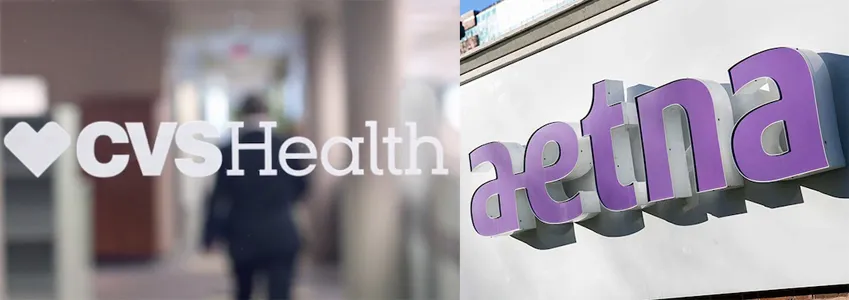One of the great paradoxes in medicine today is the reality that drug prices are rising at the lowest level in years, yet both patients and employers are feeling more of a squeeze on drug costs than ever before. Ironically both of these trends — slowing growth, rising pain at the pharmacy counter — have their roots in the same supply chain middleman: pharmacy benefit managers.

Dan Leonard
PBMs have had one of their most successful years ever. In 2017, Express Scripts Inc., the largest PBM, was able to keep drug spending in commercial plans to 1.5% growth. Prime Therapeutics, a PBM associated with Blue Cross/Blue Shield plans, did even better, driving drug cost down, year over year.
It was a great example of the system working the way it should: companies finding enough savings across their portfolio to ensure access to new, revolutionary drugs.
Unfortunately, from the patient standpoint, things look less rosy. In 2016 — the last year for which figures are available — out-of-pocket spending by consumers was at the highest level in a decade, and that figure isn’t expected to slow. Patients are shouldering more of the burden, even as PBMs hold down prices.
Furthermore, according to an analysis by IQVIA Institute for Human Data Science, the total amount of pharmaceutical manufacturers’ rebates and fees paid to PBMs and insurers increased by 115% to $127 billion in 2016 from $59 billion in 2012. Meanwhile, net prices for all brand medicines only increased by 3.5% in 2016.
That mismatch is happening for two reasons. First — as pointed out by Food and Drug Administration Commissioner Scott Gottlieb in March at the 2018 America’s Health Insurance Plans’ National Health Policy Conference, which I attended — those savings that PBMs boasted about, which generally accrue in the form of rebates, aren’t necessarily returned to consumers. Gottlieb suggested that PBMs and payers “effectively split some of the monopoly rents with large manufacturers and other intermediaries rather than passing on the saving garnered from competition to patients and employers.”
Second, the complexity of the PBM role is tripping up other stakeholders in the system. A recent study that was conducted by Benfield, a division of Gallagher Benefit Services, on behalf of the National Pharmaceutical Council (NPC) concluded that there is a disconnect between the role employers believe their PBMs play in managing prescription drug benefits and employers’ perceptions of the overall value they receive from their PBMs.
According to the study, this disconnect is rooted in employer concerns about transparency, contract complexity, rebates and focus on value. Only 30% of respondents said they understand the details of their PBM contracts, 40% said they fully understand their PBMs’ performance guarantees and 63% said PBMs are not transparent about how they make money.
The good news is that we are beginning to see those two challenges addressed. These early moves are not magic wands, but they represent an important first step.
On the topic of rebates, there are efforts afoot to ensure that patients, not companies, capture the value of rebates. The Centers for Medicare and Medicaid Services has proposed point-of-sale rebates for those in Medicare Part D programs, and recently UnitedHealthcare said it will begin passing on rebates that PBMs negotiate with pharmaceutical companies to some customers when they buy prescription drugs next year.
And for their part, PBMs have said they are willing to facilitate similar arrangements for other insurers, and they’ve founded new programs that can bypass insurance companies completely to deliver savings to consumers. Such programs aren’t universal, nor do they guarantee that all rebate dollars will make their way to consumers, but they’re a start.
The transparency piece may be harder. State legislatures are working to enact bills designed to make it clearer what kind of rebates PBMs receive and how those rebates are parceled out — whether they’re kept by the PBM, are passed along to the insurer or make their way to the consumer. That’s a strong first step, but the Benfield survey makes it clear that the information asymmetry is striking — a point reinforced by a recent Axios analysis of a PBM contract — suggesting that we still have further to go.
The best news is that, increasingly, we understand this problem, and the more facts we have at our disposal and the more research directed at these issues, the better we can develop potential solutions. We should not engage in finger-pointing or paint any part of the health care system with a broad brush — which is what we are seeing with PBMs — but rather shine a light on how this system works, expose waste and help everyone. From multinational companies to individual consumers, let’s work together to make the smartest decisions possible.
Dan Leonard is the president of the National Pharmaceutical Council.








